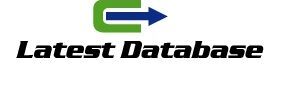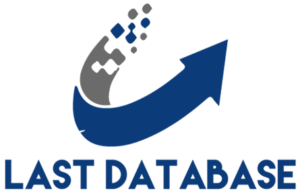Marketing plan is a document, which is the most important component of the company’s strategic plan. It establishes the company’s market objectives and how to achieve them. A marketing plan is like a map in that it shows where the company is going and how it will get there. On the other hand, a marketing plan is a document that establishes the resources needed to achieve marketing objectives. Thus, the marketing plan is both an action plan and a cost plan.
Every marketing strategy needs to be planned with a different and more human approach. This is one of the main reasons why sustainability is the only solution that has a positive impact and keeps pace with the principles of business ethics where it becomes an important business aspect.
8 Essential Steps to Writing a Sustainable Marketing Plan
1. Start with extensive market research
Your sustainable marketing plan should have a solid backbone, which is your research that you need to start with. It should contain various consumer behavior habits in the industry in question, the study of market turbulence and risks, market growth or declining trends, and the socio-cultural aspect of your development. You can do it privately or go for a professional market research report if you want to get coverage of the entire industry in your country or internationally.
2. Know your target audience
Also known as target market, phone number list it is the next and one of the most important steps in determining the needs and goals of your audience. Its main purpose is to identify your most likely customers. The sure way to approach this section is to implement at least three levels of audience segmentation. It will help you to target different social groups. For example, you could address multilingual training courses for your staff to improve communication with foreign investors and company branches or address some community work that addresses certain social issues.
3. The art of perception
Study the perception of your brand in the industry and focus on those positive aspects of your positioning. If you sell food and beverages as a retailer, email marketing: hard bounce vs. soft bounce ask yourself if your customers perceive you as the store that has a good attitude, the best discounts, or unique products that can’t be found anywhere else. Likewise, if you offer some healthy options or something special, that should be your focus. Your job is to develop a strong market message that connects with your audience the way you want them to.
4. Competitor Analysis
Next, you should study your business competitors to understand what they offer and what makes them different from your services and product line. If you want to stand out from the competition and position your business in a better way, china business directory take the time to study your competition and analyze their advantages to adapt your methods accordingly.
5. Accuracy of your content
Above all, your product descriptions, legal documents, manuals, instructions, campaign copy, official website , social media posts, and any marketing materials should be accurate and free of typos or errors. Remember that you can always turn to professional academic assistance to improve your writing style and make your content stand out without the risk of plagiarism or repetition. This can also include those automated customer service messages and any text content that you want to make unique. Be sure to double-check your account numbers, phone numbers, your business address, and anything that helps identify your business as you edit and proofread your marketing content! To make this possible, consider using an easy-to-use PDF editor that can help you double-check your document and present it accurately.
6. Sustainable strategies
It must include the analysis of the financial, environmental and social impacts of your business. Broaden the considerations of your stakeholders and consider every interest. Your task is to build a competitive advantage based on all the previous steps. Write down your strengths and weaknesses in two columns and point out how these aspects have been addressed and what mechanisms and resources will be implemented in the future. The key is to maintain the right balance and renew the system and operations without any risk to the environment and its use of natural resources in the way it is applied based on current resources.






